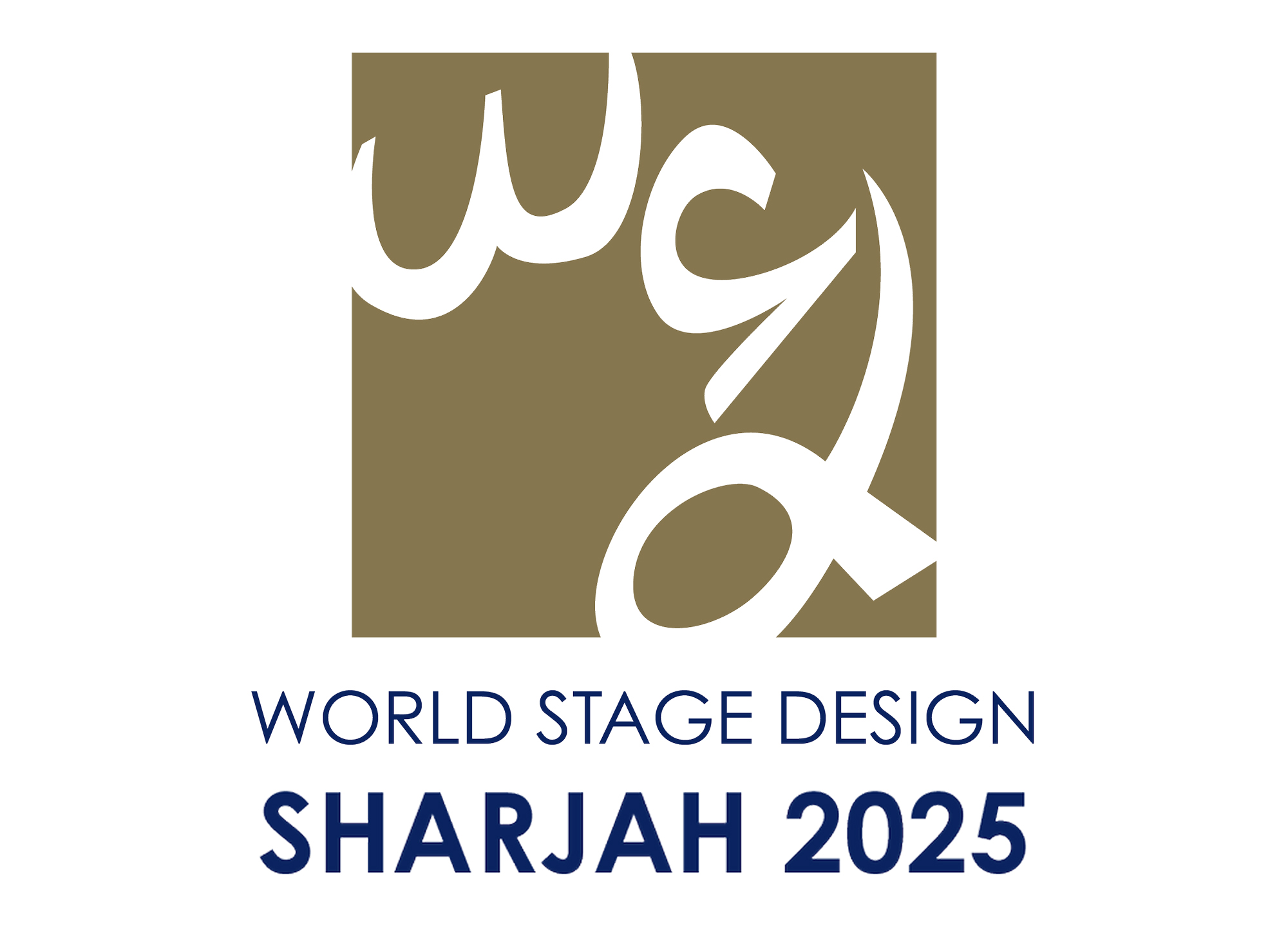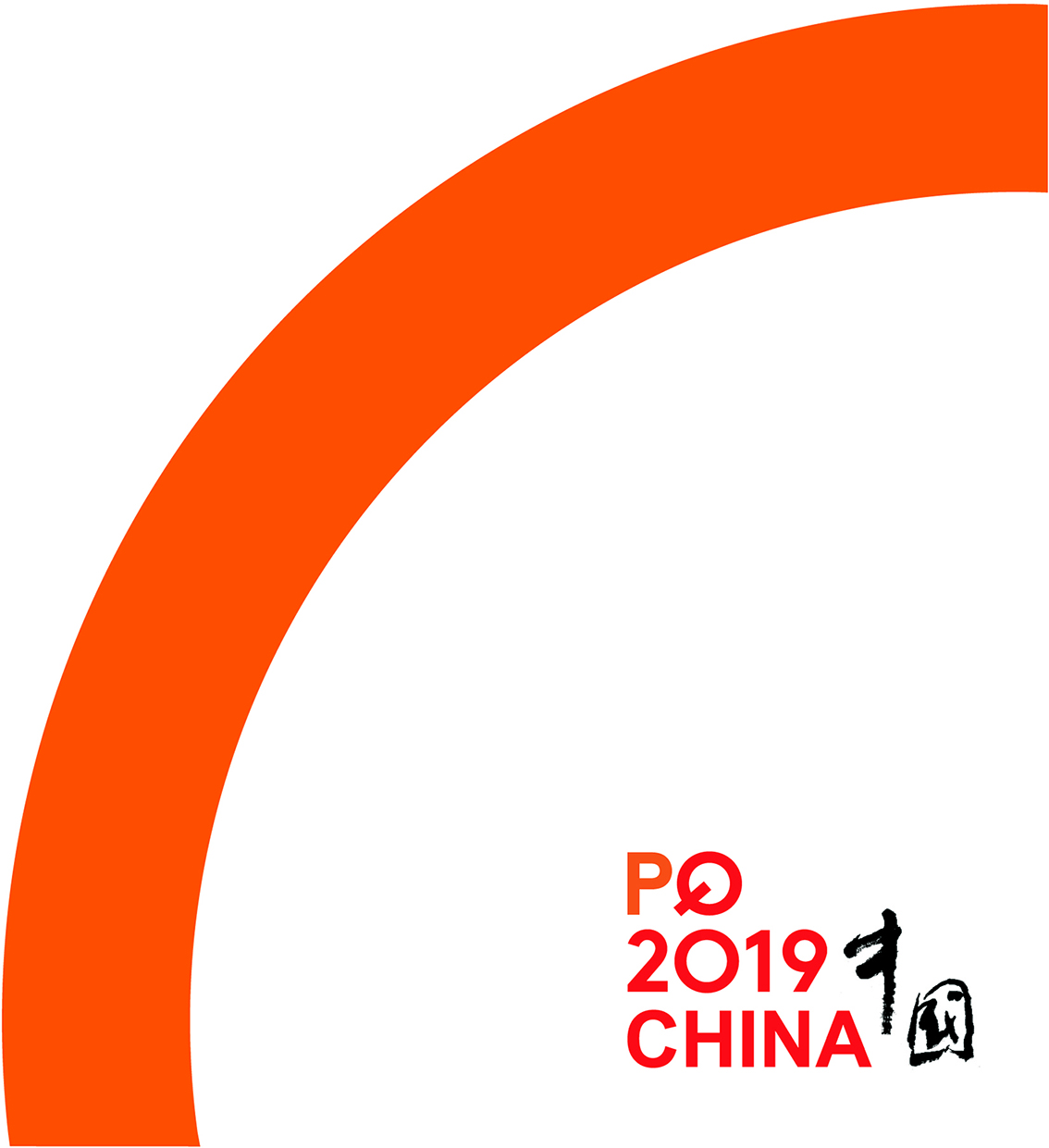
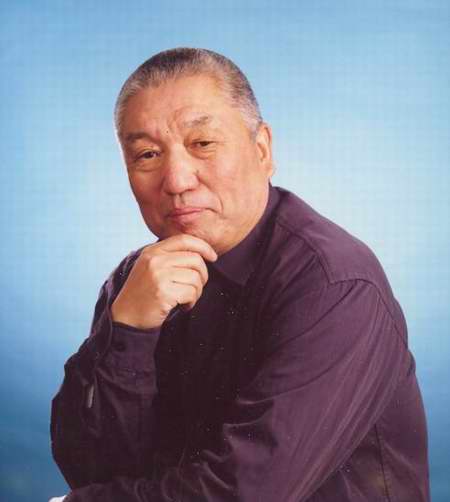
Xue Dianjie
born in 1937, graduated from the affiliated middle school of Luxun Academy of Fine Arts in 1956. He further received a master’s degree in Set Design after studying at Dresden Academy of Fine Arts of the German Democratic Republic in 1962 and was the first person sent by the new China to study stage design aboard.
After his return, he was appointed as stage designer and vice president of Central Experimental Drama Theatre (now named National Theatre of China), the second president and honorary president of China Institute of Stage Design, Chairman of China Center of International Organisation of Scenographers, Theatre Architects and Technicians (OISTAT), and visiting professor at the Central Academy of Drama. In the last fifty years, he has designed nearly a hundred productions and has won every national award that refers to stage design in China.
In the late 1970s, the decade-long Great Cultural Revolution came to an end, billions of people have been trying to free from the imprisoned thought desperately. This is when China went through a unique thaw and a dazzlingly cultural climax, during which individuals were reunited together under the flag of science, democracy, independence and freedom, fermenting reformations feverishly, and claimed themselves as pioneers and foregoers. At that time, idealism, radical self-criticism, and pilgrimage to western thought became the main theme of Chinese culture. However, the final curtain has fallen tragically very soon. Cultural scholars described this period as the “Silver Age” of China when looking back to this history every now and then.
Life of Galileo was the first foreign play that performed on stage during this period, premiered on 31st March in 1979. Effectively, it responded to the need of the time with “rational scientific spirit”, “Brecht’s theatrical theory”, etc. With 80 performances staging in a row and rebroadcasting on national TV stations it was brought into the limelight successfully.
The object we submit is a poster of this performance that was designed by Xue Dianjie and handmade by a graphic designer from the theatre. Unlike the texture of machine printing nowadays, this poster was printed on Chinese rice paper with printing ink via a particular method called coloured woodcuts. What contained in this most original “art of printing” is actually the aura of that age.
As an outstanding stage designer in contemporary China, Xue Dianjie suggested to“ break away from the restriction of illusionism, apply suppositionality of stage boldly ”; proposed the idea of “stage as a stage, a place for performance” during the transitional period of Chinese stage design in the 1980s. Since then, he has influenced works in stage design both theoretically and practically. There is no doubt that he has played a vital role in the demonstration of breaking the single style of realism and impelling the notion of theatricality or suppositionality at the time. A collection of his representative works including Life of Galileo, The True Story of Ah Q, etc. have still been mentioning and referencing by many people as inspiring paradigms today.
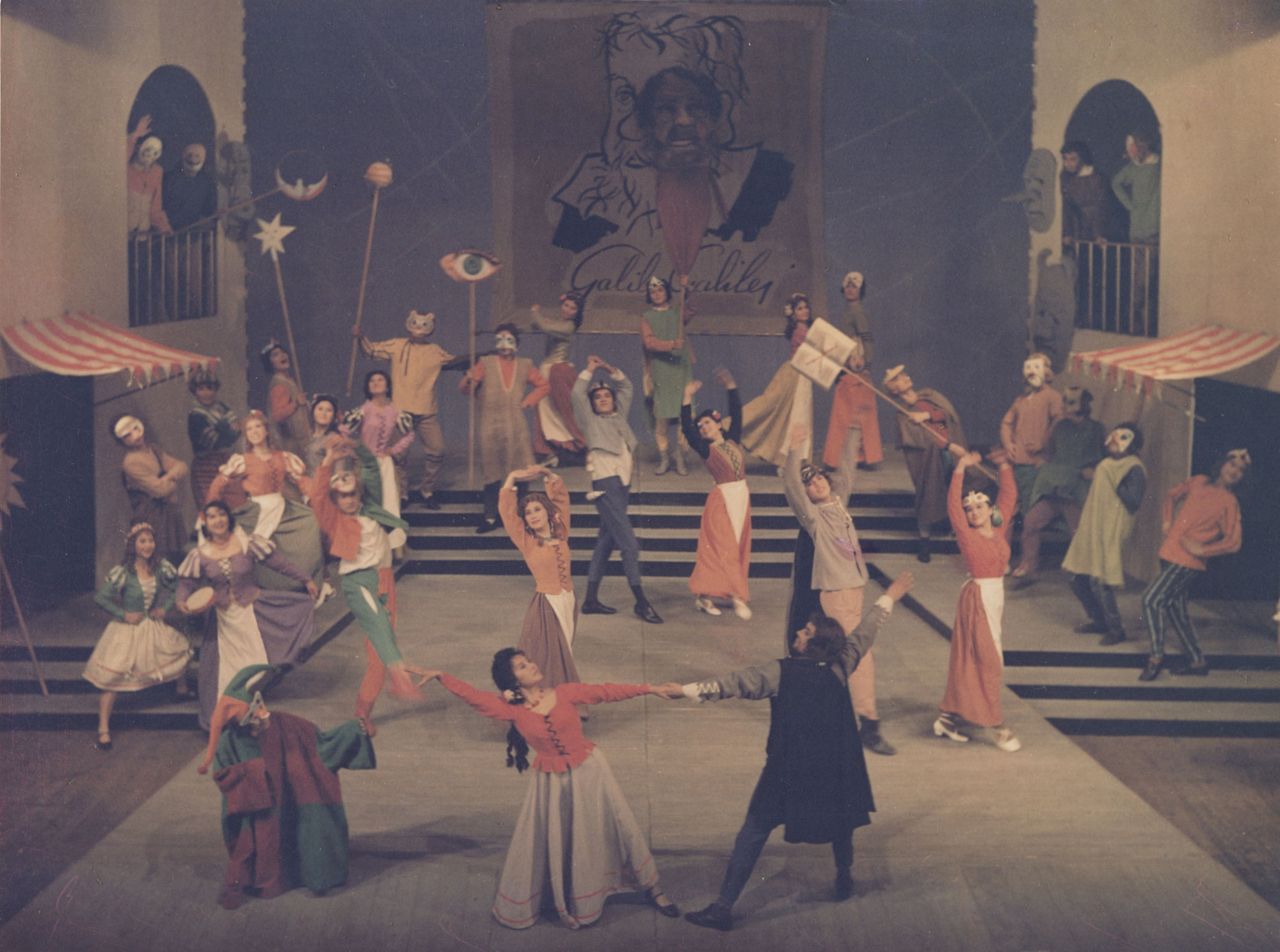
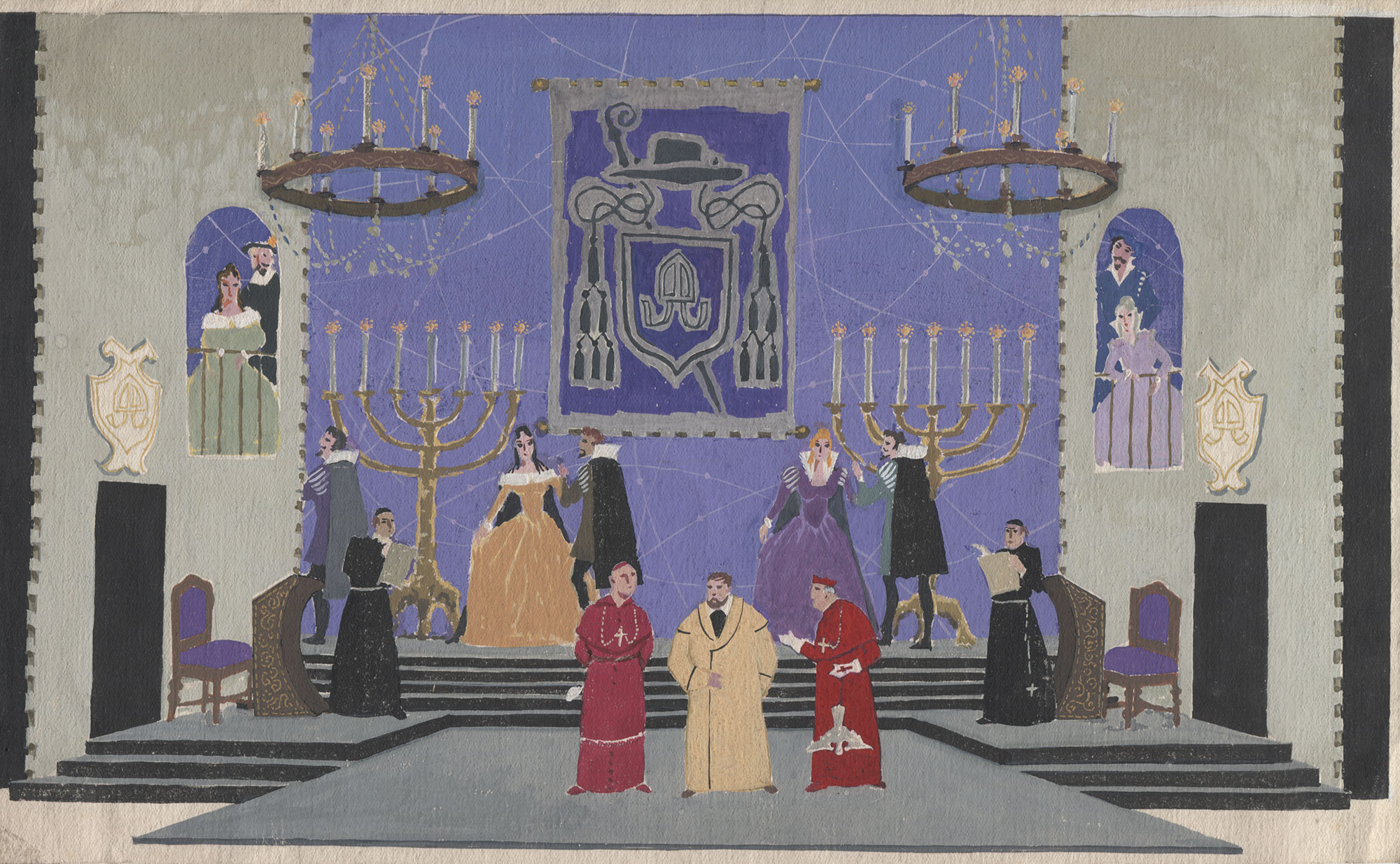


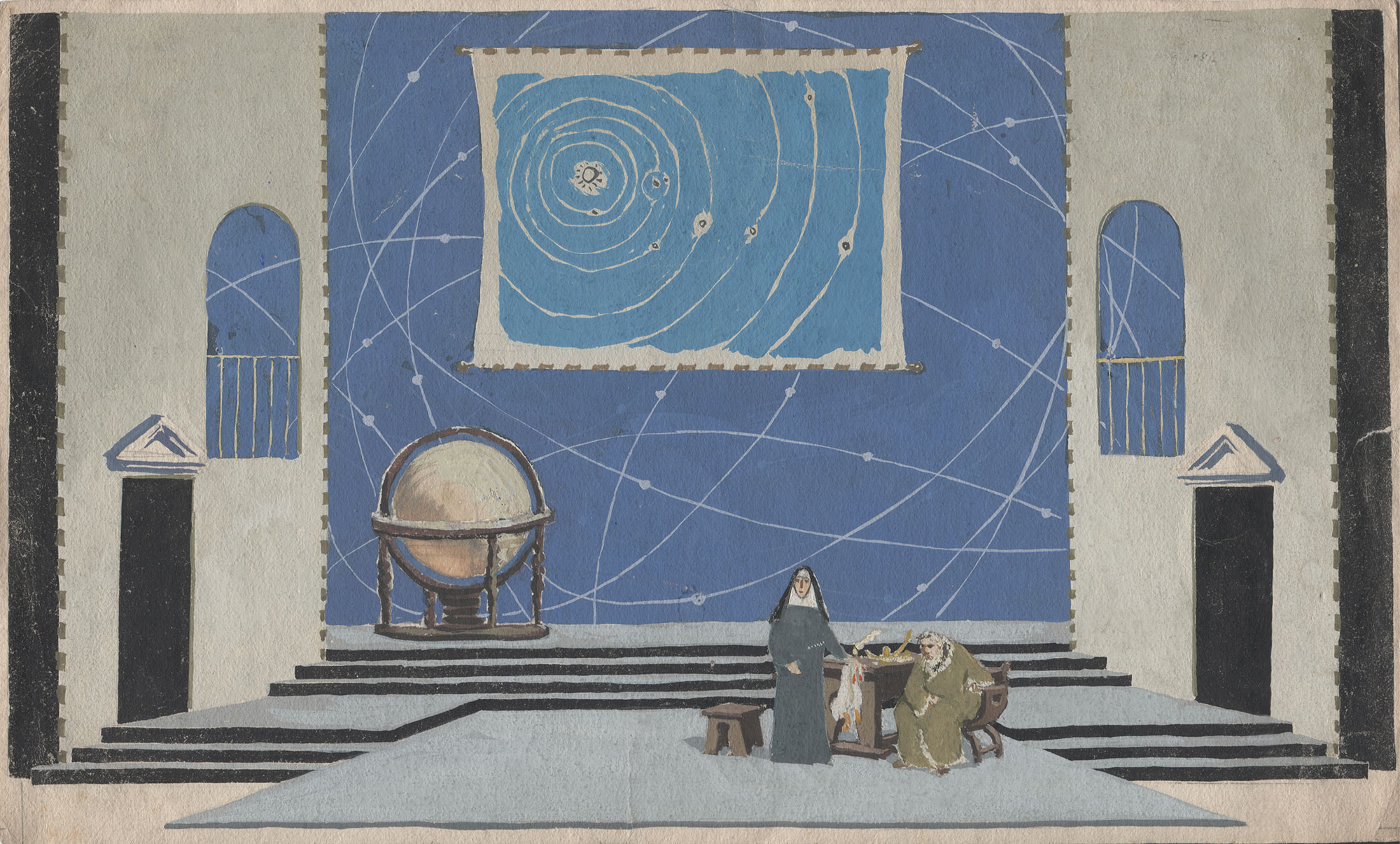
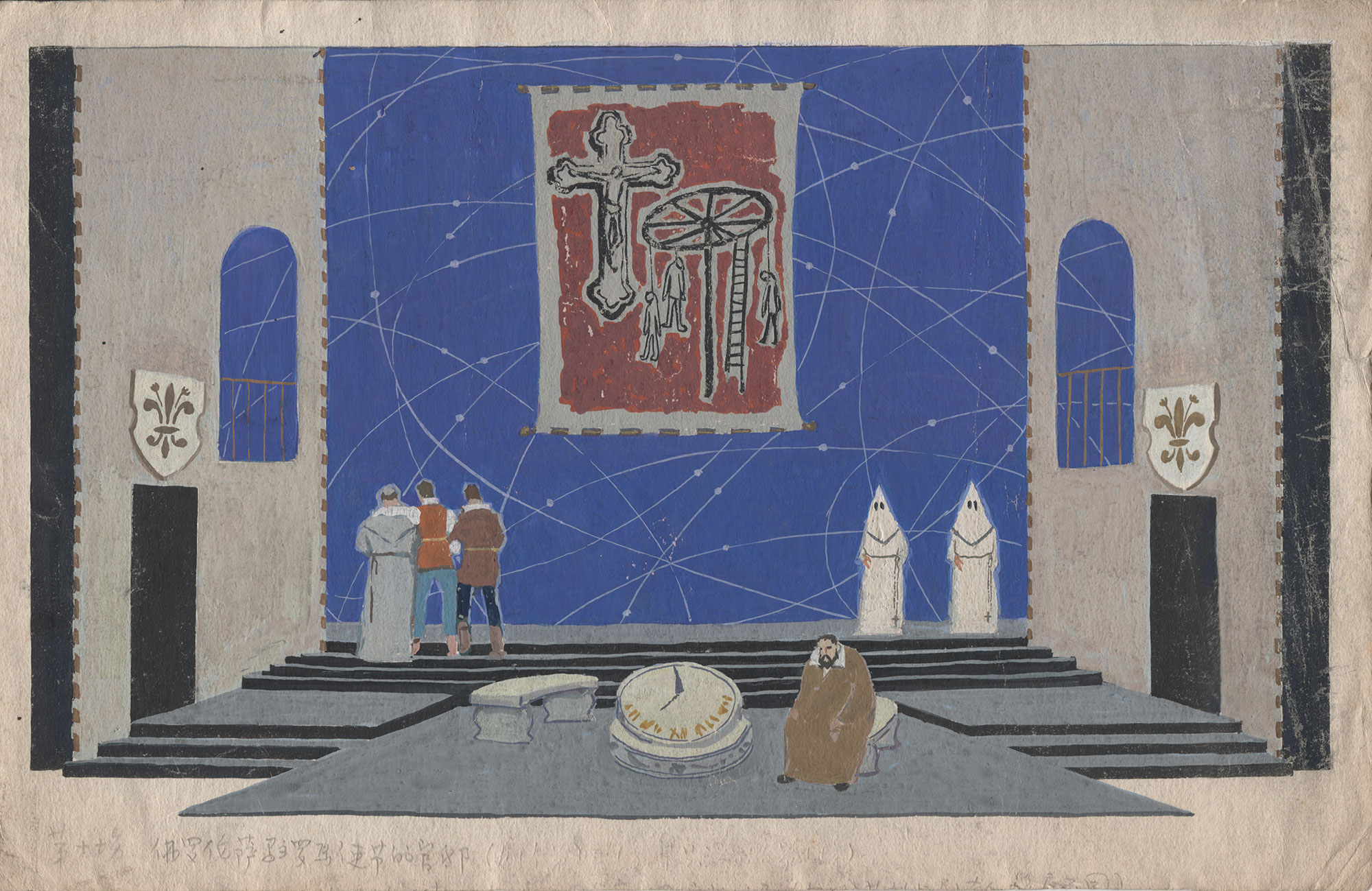



薛殿杰
生于1937年。1956年毕业于鲁迅美术学院附属中学。1962年毕业于民主德国德累斯顿美术学院舞台美术系,获硕士学位。是新中国派往国外学习舞台美术的第一人。
回国后,曾任中央实验话剧院(现中国国家话剧院)舞台美术设计、副院长,中国舞台美术学会第二届会长,中国舞台美术学会名誉会长,国际舞美组织(OISTAT)中国中心主席,中央戏剧学院客座教授。50余年,他创作了近百部舞美作品,获得过中国舞台美术行业所涉及的所有国家奖项。
七十年代末,十年文革结束,十亿中国人力图从思想禁锢中走出,中国经历了一个独特的解冻期和一个耀眼的文化高潮。大家重新集合在科学、民主、独立、自由的旗帜下,兴奋地酝酿着变革,以开拓者和先行者自居。理想主义、激进的自我批判,以及向西方思想取经成为文化主调。这个时期被不断回望的文化学者誉为中国的“白银时代”。
1979年3月31日上演的《伽利略传》,是这个时期上演的第一个外国戏,它用“ 理性的科学精神”、“布莱希特戏剧理论”、……等等,有力地回应了时代诉求,它连演八十场,全国电视转播,赢得万众瞩目。
我们提交的物件是由薛殿杰设计、剧院美工手工制作的演出海报。这是一份使用油墨,印制在中国宣纸上的套色木刻作品,与今天机器印刷品的质感截然不同,这种最原始的 “印刷术”中有那个时代的温度。
薛殿杰作为中国当代杰出的舞台美术家。在1980年代中国舞台设计转型期,倡导“摆脱幻觉主义束缚,大胆运用舞台假定性”;提出“舞台是表演场所”的观念。他从理论和实践两个方面影响了1980年以来的舞美设计。对于这个时期打破单一的写实风格,推进对于剧场性或舞台假定性的认识,起到了重要的示范作用。他的代表作《阿Q正传》和《伽利略传》等,在今天仍被广泛地引用、提及,视为范例。


